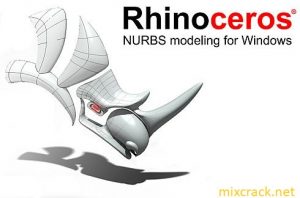


Where you may see performance gains with Windows over Apple machines in Rhino v7 is with the display pipeline. Using Rosetta is essentially a ‘stop-gap’ until Rhino can be made to work natively on Apple Silicon, and this is unlikely to happen before Rhino 8.Īlthough not a native application, Rhino users and McNeel themselves report that Rhino runs well on the M1 processor, and the performance is better than the similarly specified Intel processors. Apple’s Rosetta translation environment attempts to automatically translate Intel applications to run on Apple Silicon. Please note that this implementation is not native but uses Apple’s Rosetta 2. Rhino 7 for Mac is supported on Apple Silicon Macs with M1 processors running macOS Big Sur 11.3 onwards. We strongly recommend choosing a suitable M1 based machine unless you have other compelling reasons to go the Intel route. There are still some products in the Apple range that are powered by Intel processors namely the 27” iMacs and the Mac Pro – these are however due for replacement in the not-too-distant future. Going forward all new Apple Mac laptops and desktops will be built on versions of Apple Silicon rather than using Intel technology. At present these new processors are all variations of the ‘M1’ CPU. Please use the buttons below to download Orca3D, Version 2.0.23.Apple is gradually replacing its hardware with machines powered by ‘Apple Silicon’ processors. Valid license key (without this, Orca3D will operate as a 15-day fully functional evaluation copy).The Offset Table and the CFD Report functions require Microsoft Excel.Microsoft Visual C++ 2014 Runtime Libraries.Microsoft Report Viewer Redistributable 2010.Operating System Pre-Requisites: (Note – The Orca3D installation will attempt to install any not already on your computer).



 0 kommentar(er)
0 kommentar(er)
